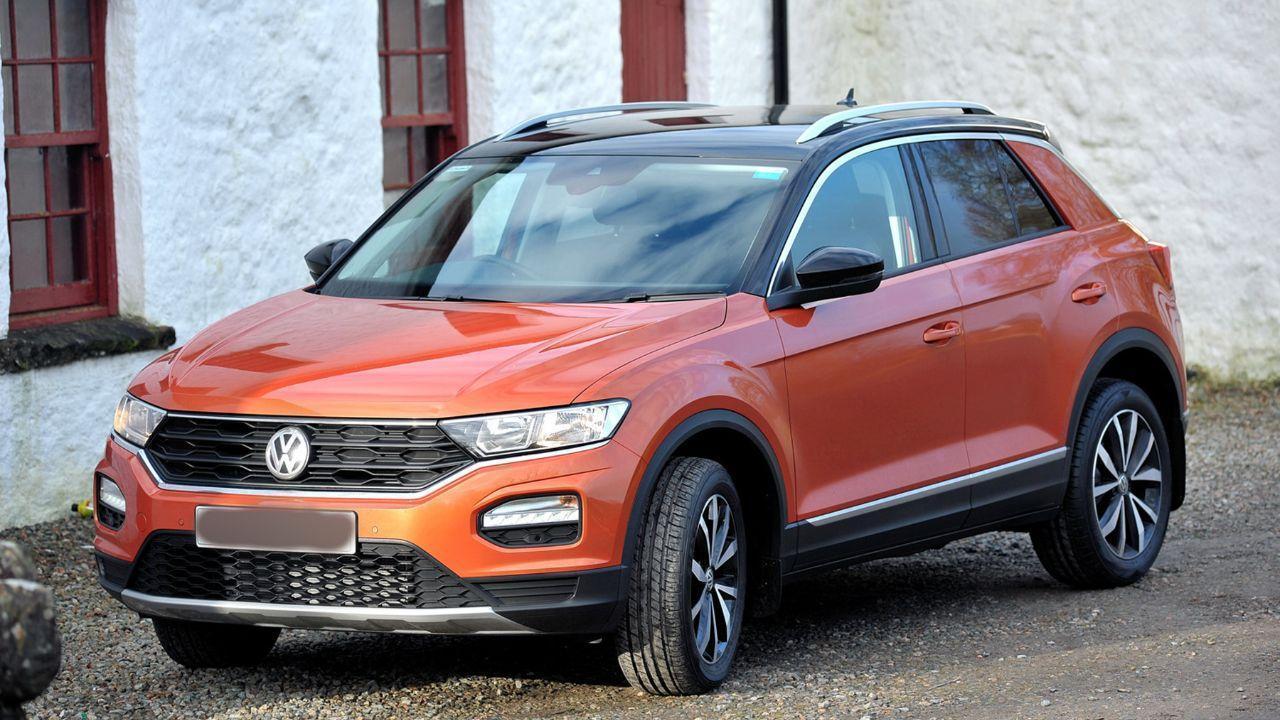
Post by : Bandan Preet
The automobile market in India presented a mixed picture in July 2025. While the passenger vehicle (PV) segment saw continued weakness, the two-wheeler market showed healthy growth, highlighting the shifting preferences and market conditions faced by manufacturers and consumers alike.
Passenger vehicle wholesales — that is, the number of cars dispatched from manufacturing plants to dealerships — remained sluggish throughout the month. This slowdown wasn’t unexpected. Companies had already sent large volumes of stock in the previous months, and dealerships were still holding a sizable unsold inventory. To avoid oversupply and to manage stock levels efficiently, original equipment manufacturers (OEMs) decided to slow down the pace of deliveries to their dealer partners.
July also saw widespread monsoon rains across several regions of India, which added to the slow momentum in car sales. Monsoon season is traditionally a low season for car purchases. Waterlogged streets, reduced footfall at showrooms, and concerns about post-rain maintenance make buyers more hesitant to invest in new vehicles during this time. Many prospective buyers simply chose to wait it out, hoping for better deals and improved weather conditions later in the year.
At the same time, the pricing of passenger vehicles remains high, particularly for new-generation models that come with upgraded safety features and modern technology. For middle-class and first-time car buyers, these rising price tags can act as a deterrent. Combined with higher interest rates on car loans and increased insurance premiums, the final on-road cost of a car in India has gone up significantly in recent times. This, too, contributed to the weaker sales performance in July.
In contrast, the two-wheeler segment — which includes motorcycles and scooters — showed strong signs of recovery and growth. The demand for two-wheelers went up noticeably in both urban and rural areas. Several factors supported this rise.
First, two-wheelers continue to be a more affordable and practical mode of transport for the working class, students, and daily commuters. As schools, colleges, and offices return to full in-person operations after the summer holidays, more people are looking for convenient ways to get around. Scooters and bikes offer low-cost, fuel-efficient options for personal mobility, especially in cities where traffic congestion is high.
Second, the rural economy has been relatively stable. Farmers and workers in smaller towns are showing renewed confidence in making purchases, especially after a normal monsoon prediction and government support schemes. In these areas, motorcycles are not just a vehicle but a necessity — used for travel, deliveries, and even small business operations. With financing options improving and microloans becoming more accessible, rural buyers found it easier to go ahead with their purchases.
The availability of a wide range of models, from budget bikes to sporty scooters, also helped attract customers. Brands have been focusing heavily on new launches and marketing, offering attractive EMI plans, cashback offers, and low down payment schemes. All of this helped boost the sales figures for two-wheelers in July.
Fuel prices, although still high by global standards, have remained relatively stable over the past few months. This stability helped reduce the monthly running cost concerns for two-wheeler buyers. Moreover, with electric two-wheelers slowly gaining ground in some cities, a new class of environmentally conscious buyers is emerging, though their contribution is still modest compared to traditional petrol-powered scooters and bikes.
Industry analysts believe that while the passenger vehicle segment is likely to stay under pressure in the short term, the upcoming festive season starting around September–October could bring a much-needed boost. Manufacturers are already preparing to launch new models and roll out discounts during Diwali, Dussehra, and other regional festivals. This period usually sees a spike in vehicle demand, driven by traditional beliefs, improved sentiment, and holiday bonuses.
Car makers are also closely monitoring customer trends to adjust their production schedules, marketing strategies, and feature offerings. Many companies are planning to introduce more compact SUVs, CNG variants, and entry-level models to attract the budget-conscious segment of the market.
In summary, July 2025 was a month of contrasting fortunes in India’s auto market. Passenger vehicles continued to struggle due to stock overflow, poor seasonality, and high pricing. Meanwhile, two-wheelers thrived as affordable and practical choices for everyday transport, especially in rural and semi-urban regions. All eyes are now on the upcoming festive months, which could turn the tide for the passenger vehicle segment and bring stronger numbers across the board.
Passenger vehicle slowdown










Advances in Aerospace Technology and Commercial Aviation Recovery
Insights into breakthrough aerospace technologies and commercial aviation’s recovery amid 2025 chall

Defense Modernization and Strategic Spending Trends
Explore key trends in global defense modernization and strategic military spending shaping 2025 secu

Tens of Thousands Protest in Serbia on Anniversary of Deadly Roof Collapse
Tens of thousands in Novi Sad mark a year since a deadly station roof collapse that killed 16, prote

Canada PM Carney Apologizes to Trump Over Controversial Reagan Anti-Tariff Ad
Canadian PM Mark Carney apologized to President Trump over an Ontario anti-tariff ad quoting Reagan,

The ad that stirred a hornets nest, and made Canadian PM Carney say sorry to Trump
Canadian PM Mark Carney apologizes to US President Trump after a tariff-related ad causes diplomatic

Bengaluru-Mumbai Superfast Train Approved After 30-Year Wait
Railways approves new superfast train connecting Bengaluru and Mumbai, ending a 30-year demand, easi